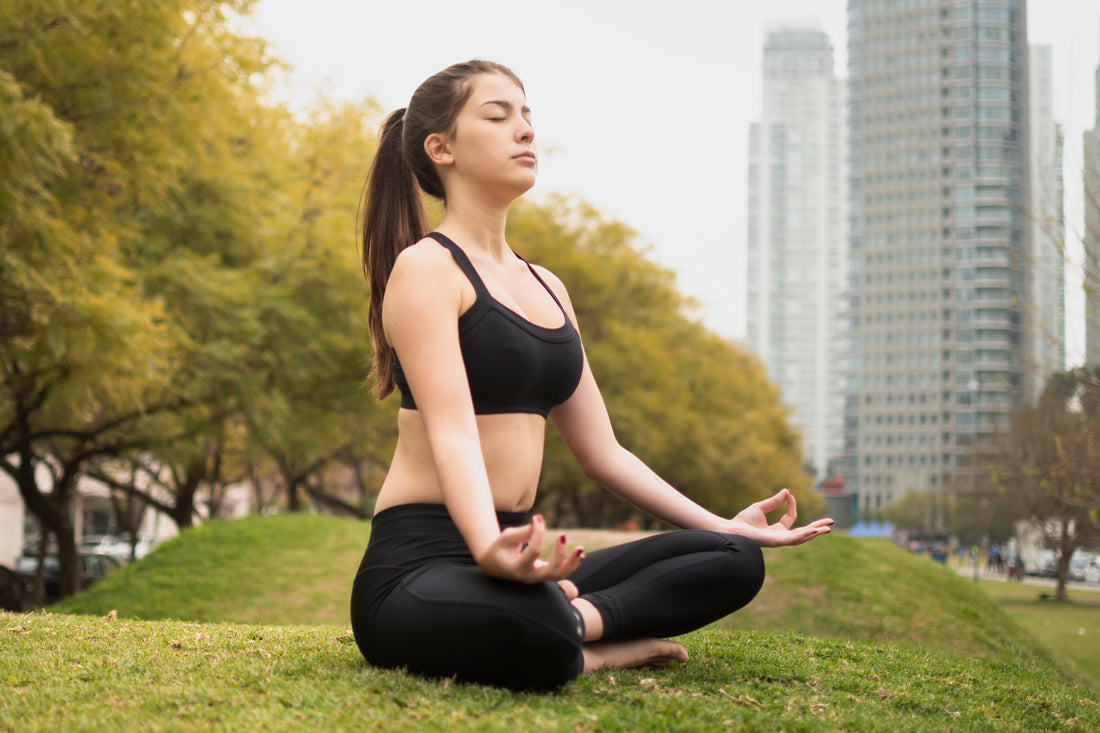Sometimes, all you need to do is simply breathe. You may think that’s second nature and there’s no need to remind yourself to take a few deep breaths. But in truth, stress can get the better of us making us lose sight of everything and everyone around us. One of the most common ways to get past an episode of panic or anxiety is by focusing on your breathing. There are some breathing exercises for stress that you can learn and keep handy for the next time you might need it, for yourself or a loved one.
Breathing Exercises To Try
A study showed that deep breathing relaxation techniques can be effective in improving a person’s mood and managing their stress levels. Here are a few deep breathing exercises for anxiety that you can try out.
Box Breathing
This is one of the most popular stress relieving breathing techniques the US Navy Seals use to stay calm when under pressure. It is also known as four-square breathing which you may already be familiar with if you’ve ever breathed in tune to a song. To perform this exercise, get into a comfortable position. You can choose to stand or sit with your back straight. You can also lie down flat with your arms by your side.
- Exhale as begin your count to four.
- Hold your breath with your lungs empty for another four-count.
- Inhale on another count to four.
- Hold your breath with the air in your lungs for the final four-count.
- Repeat the above steps as many times as needed.
Alternate-Nostril Breathing
Research on this deep breathing exercise for anxiety shows that it can lower your stress levels when you do it regularly for 30 minutes daily. There are other studies which suggest it can help to reduce your blood pressure and heart rate as well as improve lung function.
To perform this breathing exercise for stress, get in a comfortable sitting position and keep your posture throughout the exercise. Tuck your fore-finger and middle finger inside so that you have three fingers pointing outwards (thumb, ring finger and pinky) - in yoga, this is called the Vishnu mudra.
Place your hand in front of your nose in a way that is comfortable to hold both your nostrils with your thumb and ring finger. This is because you’ll need to block one nostril after another alternatively with these two fingers. For instance, if you’re using your right hand, use your thumb to close your right nostril and your left nostril with your ring finger. Similarly, if you’re using your left hand, close the left nostril with your thumb and the right nostril with your ring finger.
- Look downward or close your eyes.
- Begin by taking a soft, deep breath.
- Close your right nostril with your thumb.
- Inhale through your left nostril.
- Close your left nostril using your ring finger.
- Open and exhale through your right nostril.
- Inhale through your right nostril.
- Close off your right nostril with your thumb.
- Open and exhale through your left nostril.
- Inhale through your left nostril.
- Repeat steps 4 to 10 for ten times. You can take a break and resume your normal breathing if you, at any point, begin to feel lightheaded.
What Is The 4-7-8 Breathing Technique?
If this is the first time you’re coming across the 4-7-8 breathing exercise or not, it is one of the most used breathing techniques. It is a form of pranayama (common in yoga), which practices regulation of the breath.
This calming exercise for anxiety is also known as the ‘relaxing breath’ that acts as a natural tranquilliser for your body’s nervous system. The best way to execute this exercise is sitting with your back straight. However, when you master it, you can execute it while lying in bed. Here are the steps to perform this breathing exercise for stress.
- Start by placing the tip of your tongue behind your upper front teeth and keep it there for the duration of this breathing exercise.
- Exhale completely through your mouth making a "whoosh" sound as you do so.
- Close your mouth and mentally count to four as you inhale quietly through your nose.
- Hold your breath at the count of four and continue counting to seven.
- At the count of seven, exhale completely through your mouth with a ‘whoosh’ to the count of eight.
- Repeat steps 2 to 5 as many times as you can.
While stress-relief exercises are a great way to centre yourself, you can also add stress-relief tablets or supplements to your routine that help to reduce stress, boost mental focus, uplift your mood, and promote calmness. Remember, just keep breathing.
Reference
- https://www.nhs.uk/mental-health/self-help/guides-tools-and-activities/breathing-exercises-for-stress/
- https://www.webmd.com/balance/stress-management/stress-relief-breathing-techniques
- https://www.medicinenet.com/why_do_navy_seals_use_box_breathing/article.htm
- https://www.healthline.com/health/breathing-exercise
- https://www.verywellmind.com/abdominal-breathing-2584115
- https://www.ncbi.nlm.nih.gov/pmc/articles/PMC5769199/
- https://jedfoundation.org/resource/how-to-relieve-stress-breathing-exercises-you-can-do-anywhere/
- https://www.betterhealth.vic.gov.au/health/healthyliving/breathing-to-reduce-stress
- https://www.bhf.org.uk/informationsupport/heart-matters-magazine/wellbeing/breathing-exercises
- https://positivepsychology.com/breathing-exercises-for-stress-relief/































